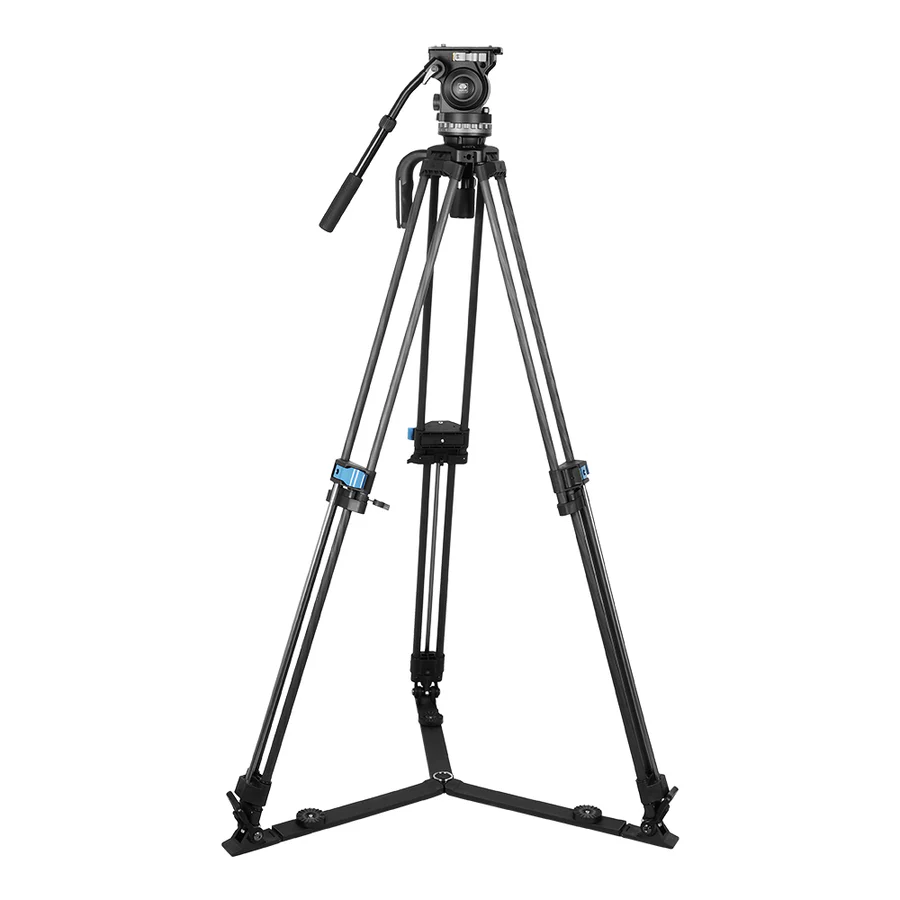Stability and Material of small camera tripod
The stability of a small camera tripod mainly depends on the material and structural design. The following are the key influencing factors:
Material Selection
Aluminum alloy/carbon fiber material: High strength aluminum alloy or carbon fiber material has the characteristics of lightweight and durability, which can improve the overall stability of the tripod. For example, the Jiahua color tripod is made of aluminum alloy material, which is lightweight but has strong load-bearing capacity; The Futubao Flight One Max adopts a carbon fiber buckle design, with a weight of only 1.65kg but can withstand a load of 15kg.
structural design
Buckle/knob structure: This type of design can be quickly unfolded and has strong stability, suitable for outdoor shooting. For example, the knob style foot tube design of the Manfred tripod allows for height adjustment by rotating left and right, making it easy to operate and reliable in locking effect.
3D gimbal: Some models are equipped with 3D gimbal (such as Jiahuacai), which can achieve multi angle adjustment, enhance shooting flexibility, and improve image stability.
Core parameters
Foot tube diameter and number of sections: A 28mm thick diameter foot tube (such as the Futubao Flying No.1 Max) is more stable than a thin tube, and a smaller number of sections (within 3 sections) can reduce shaking.
Quick release board design: Professional models are equipped with quick release boards (such as Manfred), which can quickly switch devices and maintain shooting continuity.
It is recommended to prioritize the use of aluminum alloy or carbon fiber materials for tripods, and to give priority to products with buckle/knob structures, such as mid to high end models from brands like Jiahuacai and Futubao.
